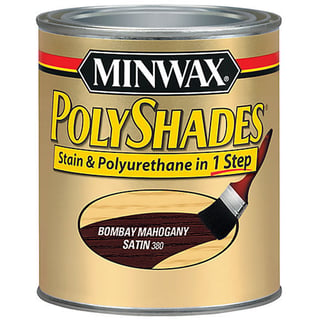I have 108 year old original wood trim throughout my house. Due to a roof leak last February, three rooms on my first floor need to have most of the (also 108 year old) plaster walls removed and replaced because it is moldy (inside the wall). I am doing the demo myself (see my other post here) and have decided to try to keep the original wood. Partly because I want to keep costs down, partly because of the character of it, partly because I have read enough answers here that condemn folks who paint or otherwise destroy perfectly good hardwood and now feel too guilty to consider that alternative.
My plan was to remove all the wood downstairs and strip it and re-stain it. Since this wood 1) has been subjected to lead paint removal (at least), and 2) is old, I figured this would require a delicate touch, and the use of a chemical stripper since I doubt it can stand up to any rough sanding. I want it all to match because I HATE that it doesn't right now (most is a hideous honey gold, some is a dark 80's fake wood paneling brown).
Now that I've tried to remove some of the crown moldings (not really! its actually picturing hanging rail someone butt up against the ceiling) and it is splintering into bits no matter how gentle I am, nor how much I plead with the patron saint of DIY. I did the whole room that is getting gutted entirely, and I only have enough to put 40% back up.
So, my new plan is to only remove as much as I have to and try to stain the rest in place. Is this possible? Is this what I should have planned to do in the first place? Obviously, I've never attempted to stain anything more (important) than my 8th grade woodworking project. Another reason I wanted to do it in the garage-in case I make a big freakin' mess.
Should I just forget it and just get all new wood? This would solve my other problem - attempting to match the old pattern (am I using the right word there?) - but would create a problem in the budget department.
If there are alternatives I haven't mentioned here-feel free to pitch me a softball...I need help, and needless to say, no one I know is handy, has good taste, and/or owns a house and understands the stakes. My fate is in your (collective) hands! No pressure. ;-)

